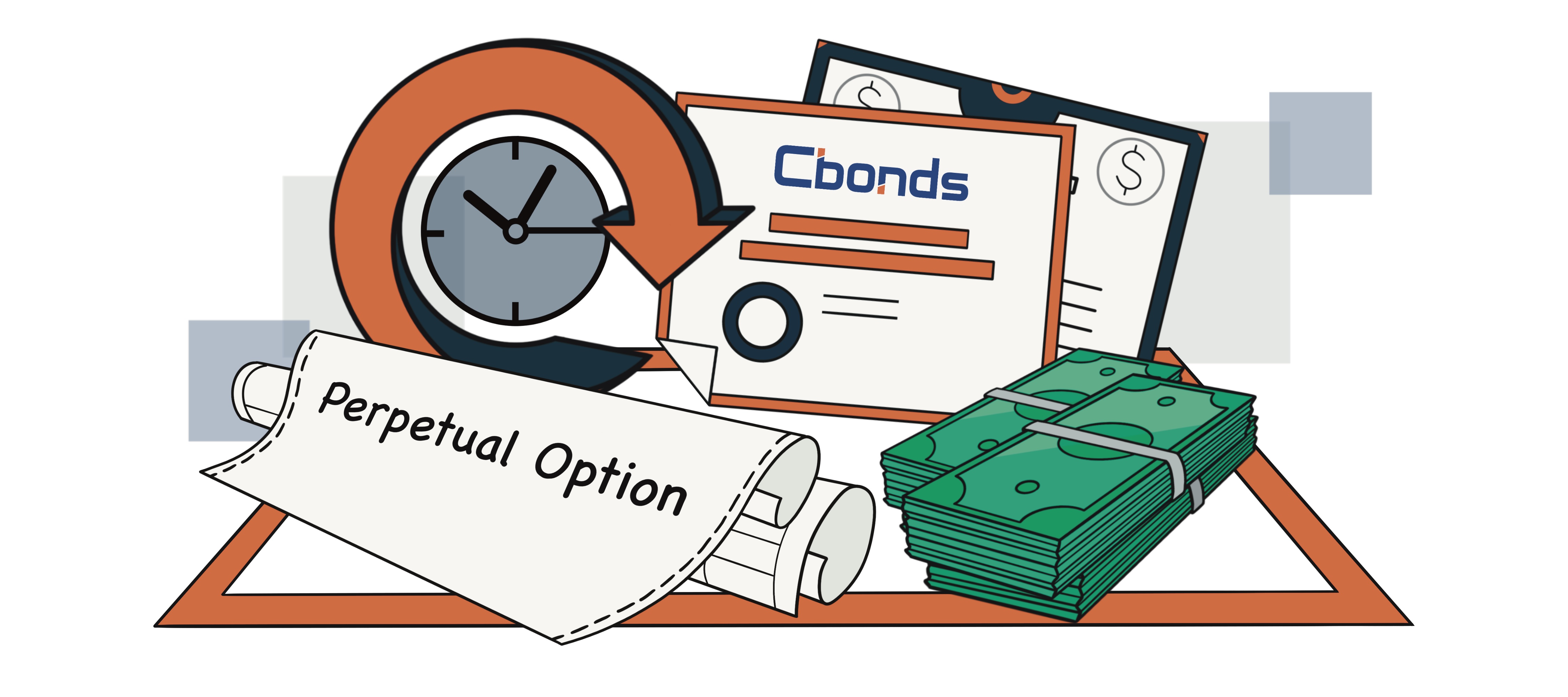By
Konstantin Vasilev Member of the Board of Directors of Cbonds, Ph.D. in Economics
Updated October 12, 2023
What Is a Perpetual Option?
A perpetual option, often denoted as XPO, is a unique and non-standard financial option that stands apart from traditional options due to its distinct characteristics. Unlike standard options, which come with fixed expiration dates, perpetual options have no predetermined maturity date, and there are no exercise limitations imposed upon them.
Standard options typically come with a specific lifespan, ranging from as short as a few days to several years. In contrast, a perpetual option defies this time constraint by allowing the holder the right to exercise it at any time, without any constraints related to expiration dates. In essence, perpetual options function much like American options, as they grant the flexibility to buy or sell the underlying asset whenever it is strategically advantageous. This is in contrast to European options, which can only be exercised on their predetermined maturity date.
The contracts associated with perpetual options are often referred to by various terms, including "non-expiring options" or "expirationless options." These labels reflect the essence of perpetual options, highlighting their key feature of indefinite viability in the market.
Perpetual options are particularly relevant in markets where traders seek flexibility and opportunities for strategic decision-making without the time pressures imposed by traditional options with fixed maturities. They are a valuable tool for those active in actively traded markets, including both centralized exchanges and decentralized exchanges, where liquidity fragmentation can influence pricing dynamics.

How do Perpetual Options Work?
Bond Screener
Watchlist
Excel add-in
API














